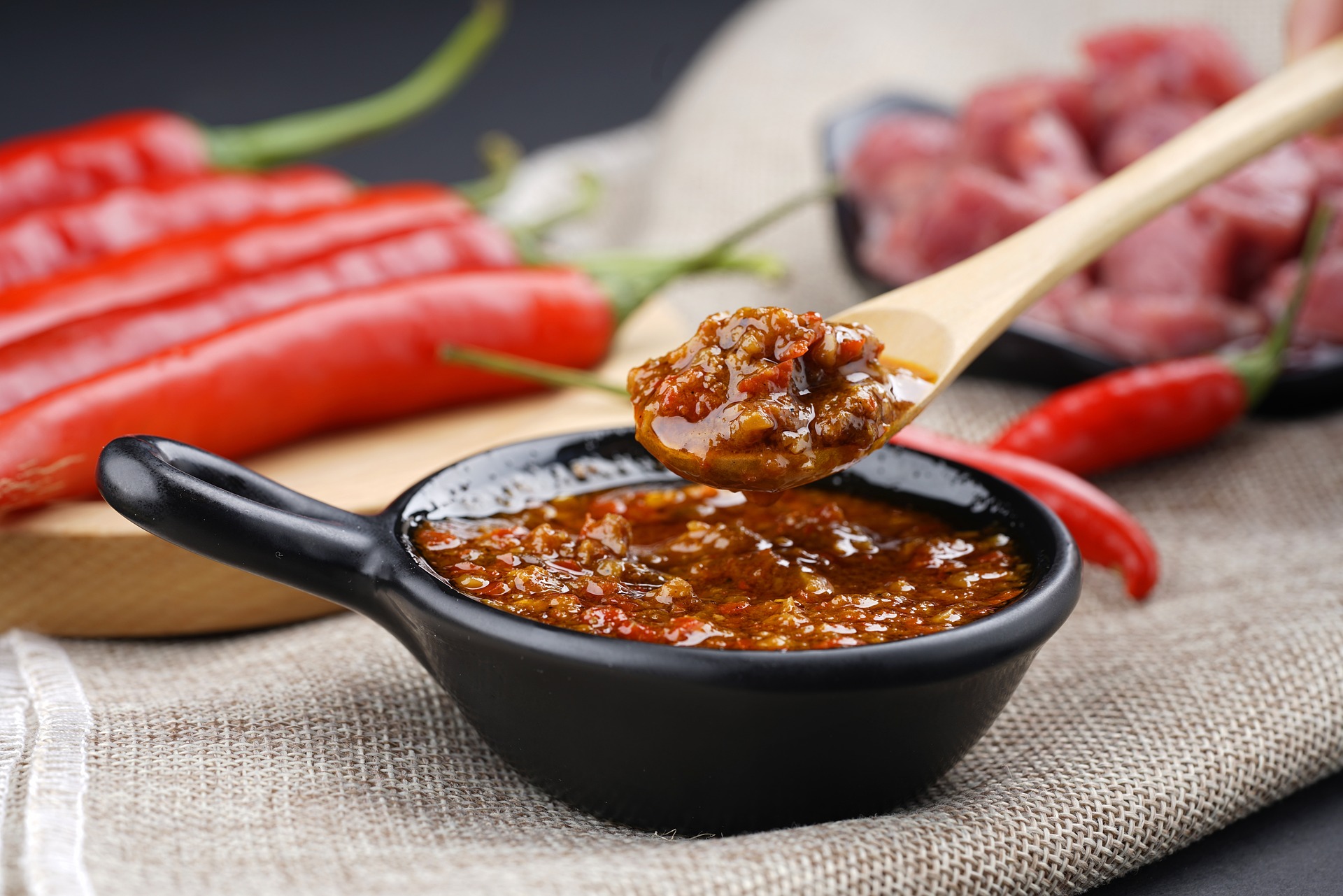Umami Revolution: Exploring the Fifth Taste
Discover the savory world of umami, the enigmatic fifth taste that's captivating chefs and food enthusiasts alike. This article delves into the science, history, and culinary applications of umami, revealing how this flavor enhances dishes and transforms dining experiences. From traditional Asian cuisines to modern gastronomy, umami is reshaping the way we perceive and enjoy food.
Umami in Traditional Cuisines
Long before umami was scientifically recognized, cultures around the world intuitively incorporated it into their cooking. In Japanese cuisine, dashi, a stock made from kombu seaweed and dried bonito flakes, forms the umami-rich base of many dishes. Chinese cooking often relies on fermented soybean products like soy sauce and doubanjiang to add depth. Italian cuisine showcases umami through aged cheeses, cured meats, and tomato-based sauces. These traditional applications demonstrate how umami has been unconsciously valued for centuries, contributing to the complex flavors that define various culinary traditions. By understanding the role of umami in these cuisines, we can appreciate the wisdom of ancestral cooking methods and their relevance in modern gastronomy.
Umami-Rich Ingredients
Exploring umami-rich ingredients opens up a world of flavor possibilities. Aged cheeses like Parmesan and cheddar are packed with glutamates, as are cured meats such as prosciutto and bacon. Seafood, particularly dried or fermented varieties like anchovies and fish sauce, offer intense umami notes. Plant-based sources include tomatoes, mushrooms (especially dried shiitake), and fermented products like miso and kimchi. Beef, particularly when aged or slow-cooked, develops a rich umami profile. Even humble ingredients like onions and garlic contribute to umami when caramelized. By familiarizing ourselves with these ingredients, we can strategically incorporate them into our cooking to enhance overall flavor and satisfaction in our meals.
Umami in Modern Gastronomy
Contemporary chefs are harnessing the power of umami to create innovative dishes that push the boundaries of flavor. Techniques like dry-aging meats, fermenting vegetables, and developing umami-rich sauces are becoming staples in high-end kitchens. Some chefs are experimenting with unconventional umami sources, such as using koji (a fermented rice culture) to boost savory flavors in unexpected ways. In the world of mixology, bartenders are incorporating umami elements into cocktails, using ingredients like tomato water, mushroom-infused spirits, or even a dash of soy sauce to add complexity. This modern exploration of umami is not only enhancing individual dishes but also challenging our perceptions of flavor combinations and culinary possibilities.
Umami and Health
The umami taste isn’t just about flavor – it also has implications for health and nutrition. Research suggests that umami can help reduce salt intake by enhancing the perception of saltiness in food, potentially benefiting those with high blood pressure. Additionally, the satisfying nature of umami-rich foods may contribute to feelings of fullness and satiety, potentially aiding in portion control. However, it’s important to note that some umami-rich ingredients, particularly processed foods high in monosodium glutamate (MSG), have been controversial. While many studies have debunked myths about MSG’s health effects, the debate continues. As with any dietary component, moderation and balance are key when incorporating umami into a healthy eating plan.
Umami Boosting Tips
-
Use a splash of fish sauce in non-Asian dishes for a subtle umami boost
-
Dry mushrooms and grind them into a powder to use as a flavor enhancer
-
Incorporate miso paste into marinades for meat or vegetables
-
Grate aged cheese over dishes just before serving for an umami punch
-
Slow-roast tomatoes to concentrate their natural umami flavors
-
Experiment with fermented ingredients like kimchi in unconventional dishes
-
Try adding a small amount of anchovy paste to sauces and dressings
-
Use dried seaweed as a garnish or incorporate it into broths
Embracing the Umami Dimension
As we continue to explore and understand umami, it becomes clear that this fifth taste is not just a culinary trend but a fundamental aspect of flavor. By recognizing and harnessing umami, home cooks and professional chefs alike can elevate their dishes to new heights of deliciousness. The umami revolution encourages us to think more deeply about the interplay of flavors in our food, fostering a more nuanced and appreciative approach to eating. As we embrace umami, we open ourselves to a richer, more satisfying culinary world – one savory bite at a time.





